A new study published in the Journal of Experimental Biology establishes a link between the world’s most sold herbicide Roundup and the dramatic decline in honeybee (Apis mellifera) populations in North American and Europe that lead to the coining of the term ‘colony collapse disorder’ (CCD) in late 2006 to describe the phenomena.
Effects of field-realistic doses of glyphosate on honeybee appetitive behaviour
Find Full Paper Here: www.gmoevidence.com
Authors: Lucila H. Herbert, Diego E. Vazquez, Andres Arenas, Walter M. Farina
Abstract:
Glyphosate (GLY) is a broad spectrum herbicide used for weed control. Presently, sub-lethal impact of GLY on non-target organisms such as insect pollinators has not been evaluated yet. Apis mellifera is the main pollinator in agricultural environments and a well-known model for behavioural research. Moreover, honeybees are accurate biosensors of environmental pollutants and their appetitive behavioural response is a suitable tool to test sub-lethal effects of agrochemicals. We studied the effects of field-realistic doses of GLY on honeybees exposed chronically or acutely to it. We focused on sucrose sensitivity, elemental and non-elemental associative olfactory conditioning of the proboscis extension response (PER) and on foraging related behaviour. We found a reduced sensitivity to sucrose and learning performance for the groups chronically exposed to GLY concentrations within the range of recommended doses. When olfactory PER conditioning was performed with sucrose reward with the same GLY concentrations (acute exposure), elemental learning and short-term memory retention decreased significantly compared to controls. Non-elemental associative learning was also impaired by an acute exposure to GLY traces. Altogether, these results imply that GLY at concentrations found in agro-ecosystems due to standard spraying can reduce sensitivity to nectar reward and impair associative learning in honeybees. However, no effect on foraging related behaviour was found. Therefore, we speculate that successful forager bees could become a source of constant inflow of nectar with GLY traces that could then be distributed among nest mates, stored in the hive and have long-term negative consequences on colony performance.






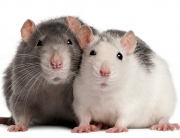


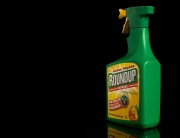





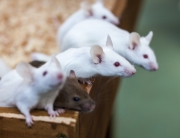


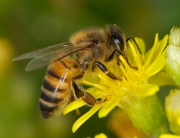


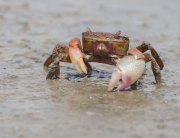


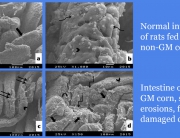


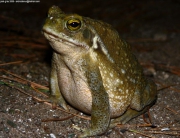
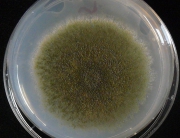
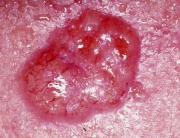

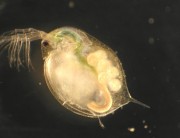

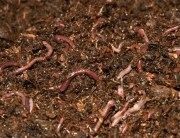
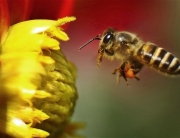



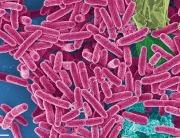
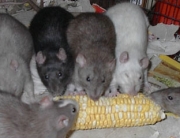


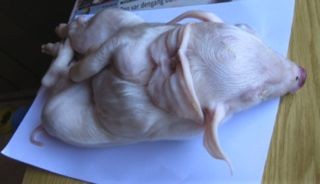
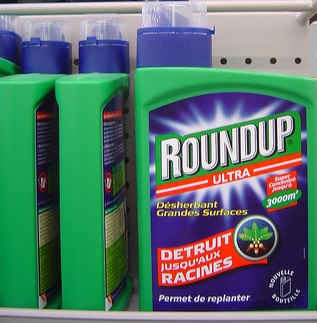
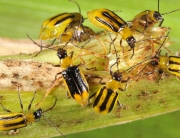
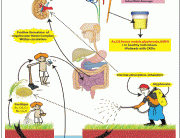
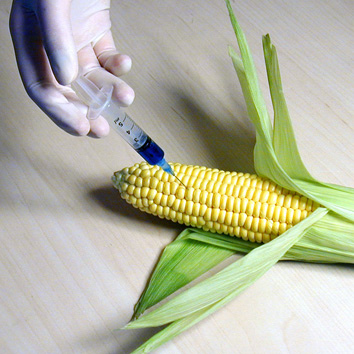

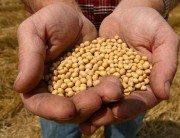
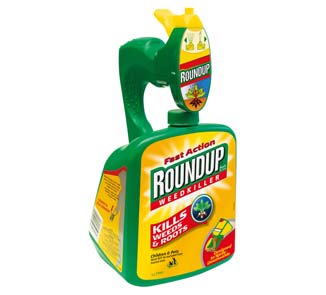
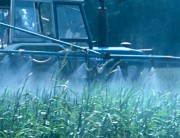
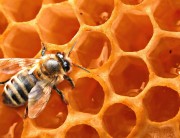
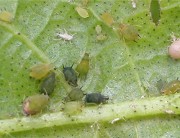

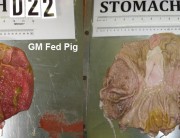
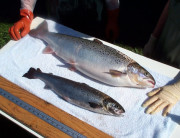
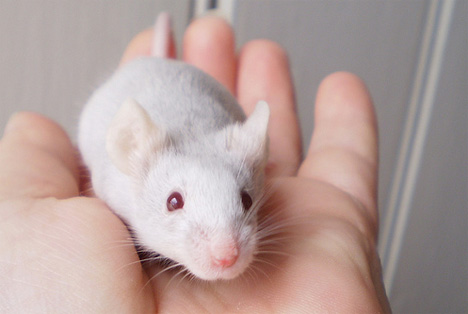
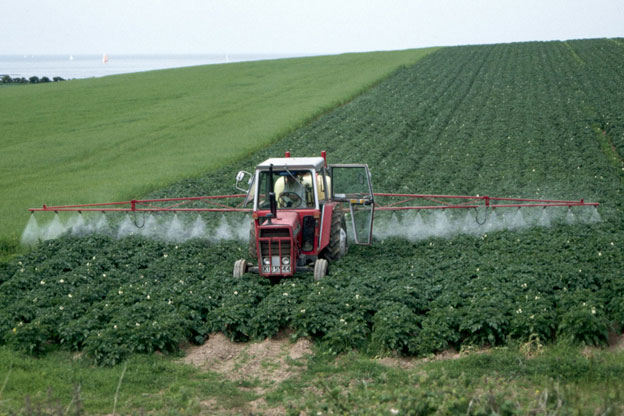
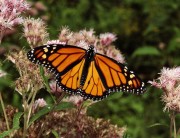

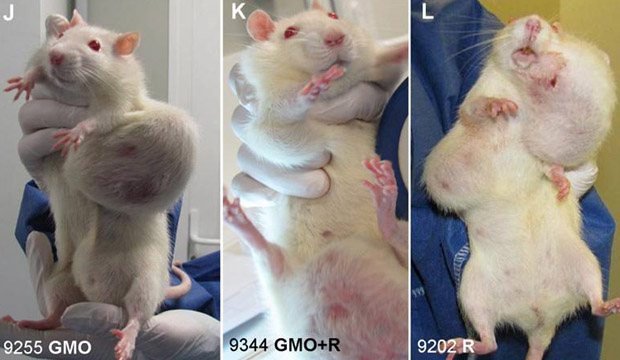
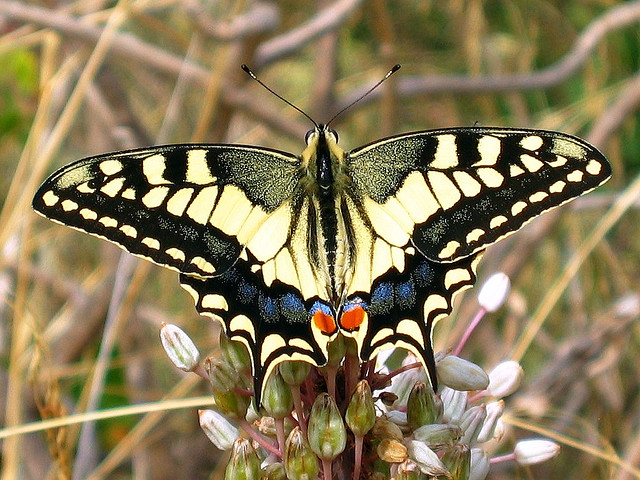
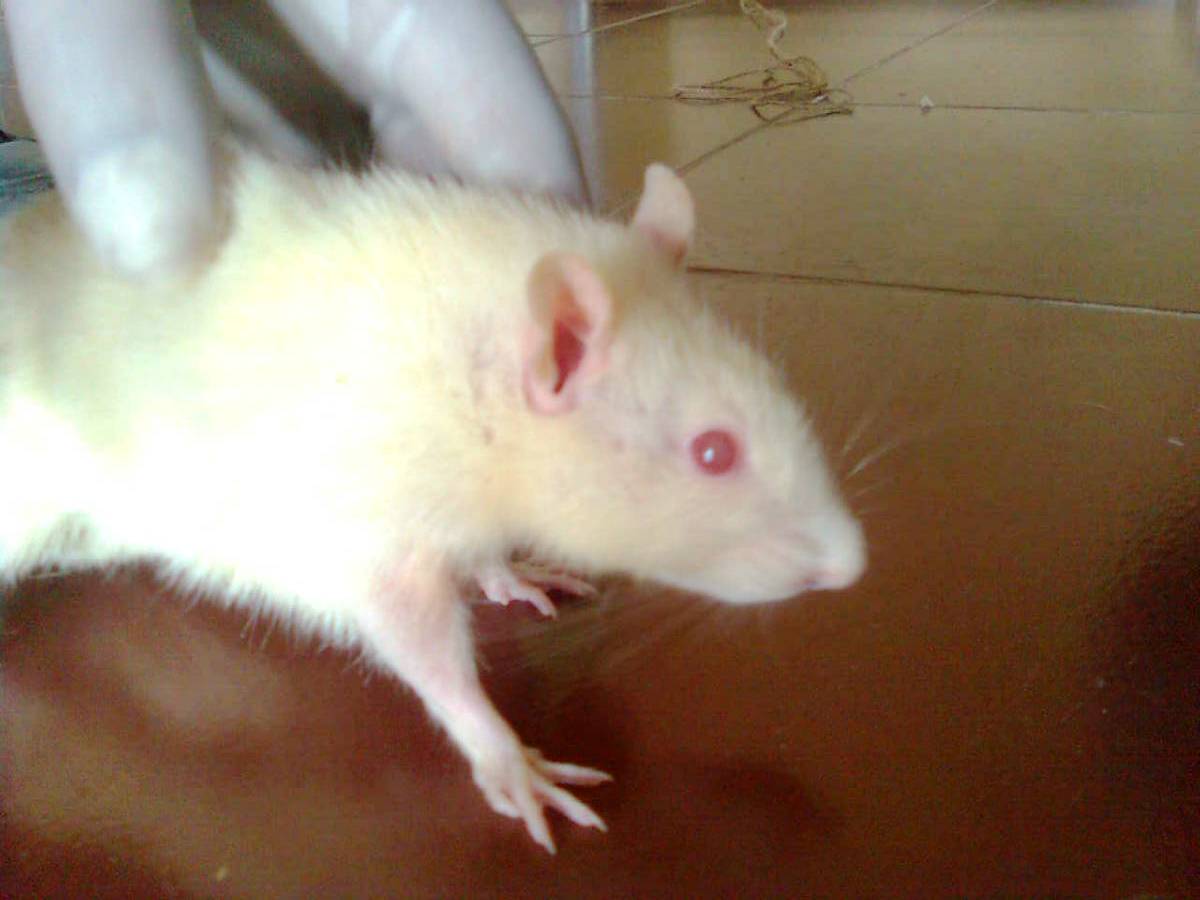

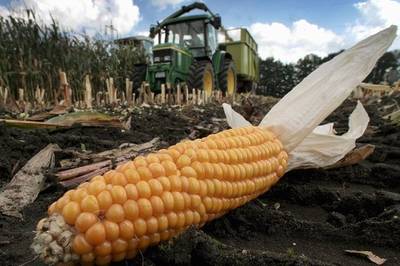
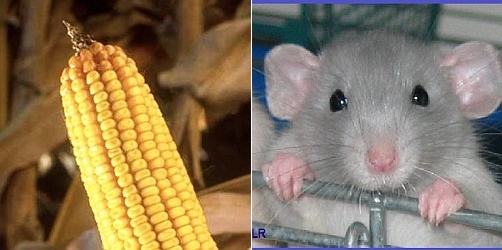
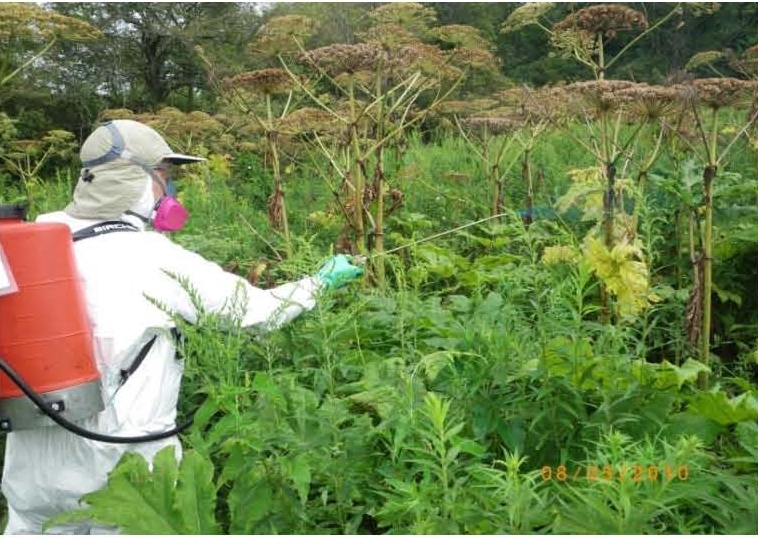



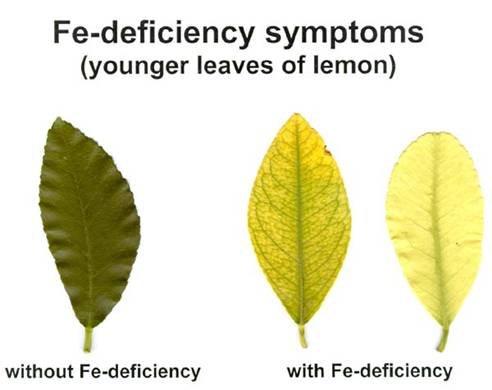

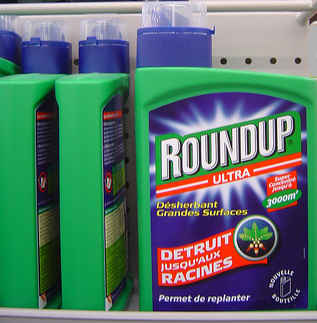
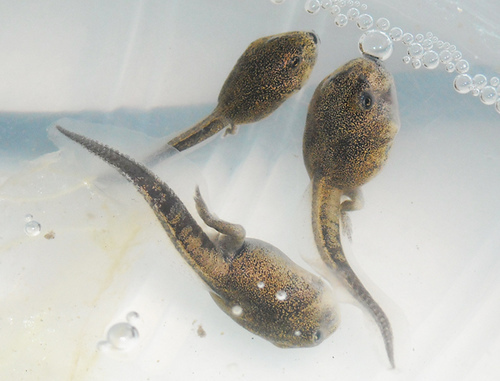
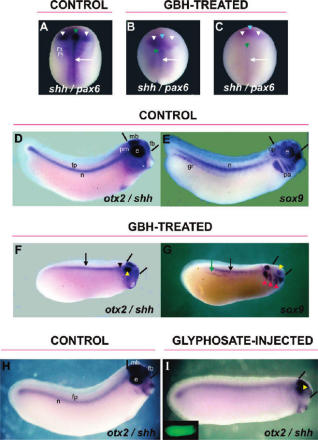



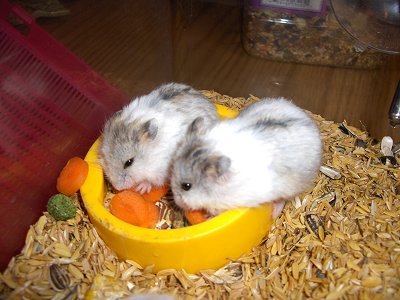
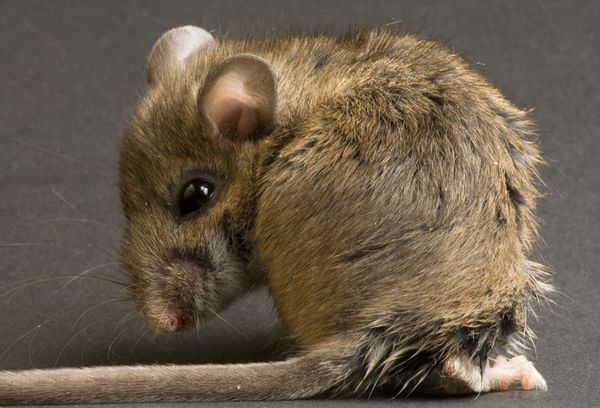
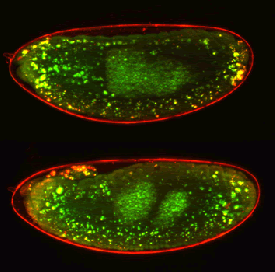




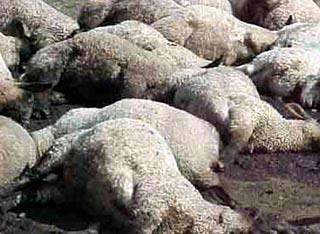

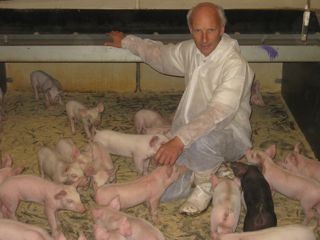
Greetings:
Am in the process of creating a group towards bringing awareness to the forefront of HoneyBee population declines round the world. I find your research common sense driven, as well as offering a plethora of scientific fact with regard to the dilemmas facing Beekeepers on most continents. In addition have proposed a hypothesis, which may render a possible solution if we are able to bring this project to fruition.
As a courtesy, I wish to offer a link within this group as we move forward to define a possible solution, as well as actions which may prove vital to the preservation of the Honeybee.
If more information is required as well as direct contact, please feel free to contact me at: celticflairs@live.com. If there is a need for more personal contact, I will happily provide you with a contact phone number as well.
Thank you so much for your time. it is well appreciated.
Best regards,
F. Lacer Hayes
celticflairs@live.com